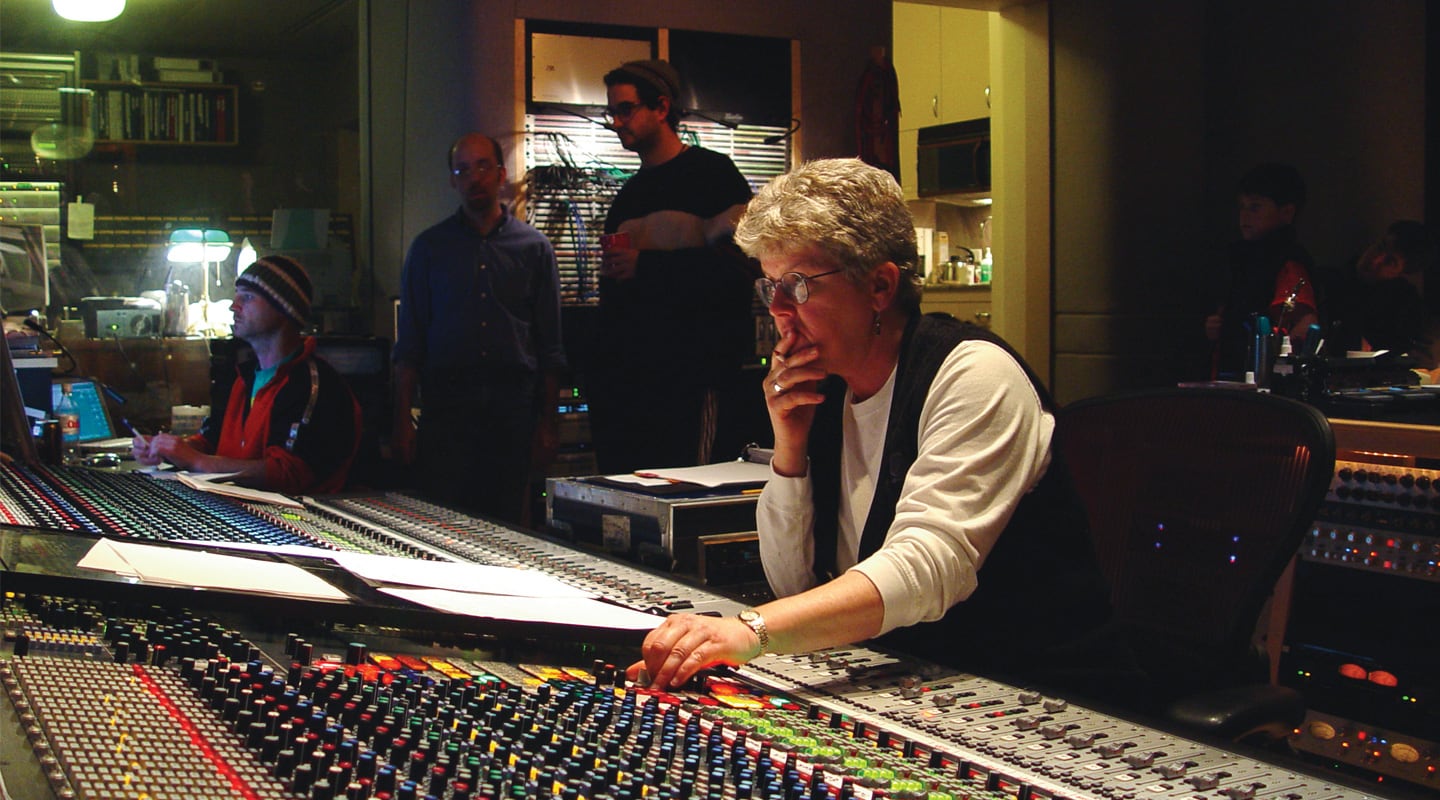
Interview with Leslie Ann Jones
Leslie grew up with American musical satirist Spike Jones for a father, and singer Helen Grayco for a mother. She found her way onto the faders when barely any women featured in control rooms, and forged a path through some of the biggest studios to Skywalker Sound where she still serves as the Director of Music and Scoring. With a career spanning five decades, four Grammy awards, countless hit records and blockbuster films, Leslie will be inducted into the NAMM TEC Hall of Fame in 2019.
with Leslie Ann Jones, Director of Music & Scoring, Skywalker Sounds
There was never a dull moment in the Jones home. My dad had a great sense of humour. He made his name taking standard songs of the day and making them funny with sound effects and different voices.
For most of my career, I thought watching my mother sing had more of an effect on my engineering and how I relate to vocalists. It wasn’t until the last 10 years I started to understand my father’s influence on me through how he orchestrated the music with all the sound effects written into the sequences like a radio show.
In my early 20s, I had bought the PA for the band I was playing guitar in. Then the band broke up, so I started to mix sound for my friends’ bands. I already knew I couldn’t be the guitar player I wanted to be or admired. Lucky for me, I found sound.
I ended up forming a PA company with a couple of friends called CoDog Productions. We combined our equipment, which was mostly Cerwin-Vega gear, and did sound for a lot of people.
I didn’t get my first studio job until 1973. I was working for ABC Records at the time, and they had a studio. I actually wanted to be a producer and manager, and I thought I should learn something about engineering to be a better producer.
ABC had a female mastering engineer, but I didn’t know of any other female recording engineers, certainly not in the non-classical world. When Phil Kaye hired me, we talked about seeing how people in the studios reacted to having a woman in the room with them.
Back then I didn’t think it was weird to have that conversation, I was happy he was honest about it. We both knew it was extremely unusual. About the only time I was actually kicked off a recording session was because the artist’s wife didn’t want any other women working on the record.
I was grateful Phil took the chance to hire me. If he hadn’t, I don’t know that I’d be talking to you today.
My job after that was in a studio in San Francisco called The Automatt. More than once I’d be sitting behind the console and the client would peek their head around the corner to ask where their engineer was. I’d say that I was. They’d look at me twice, but once we started getting drum sounds everything was fine.
Now I just work and it’s not a big deal. There are still very few women doing what I’m doing, although there are a lot of younger women around now. I just did some workshops for an organisation called Women’s Audio Mission. Their primary focus is to teach girls and young women about engineering and record production. They had a two-day event in New York. Many of the women involved as producers were in their late 20s and early 30s, mixing, doing vocal production, all kinds of things. It’s getting better but it’s taken a really long time.
Automatt was pretty state of the art for its time in terms of having automation on its console. It was the old CBS San Francisco studios. David Rubinson — who produced Herbie Hancock and the Pointer Sisters, among others — had one studio there. Then he took over the whole building and upgraded all the rooms.
I grew up in the analogue days, and there were methods of working, and housekeeping and preparation techniques common to all engineers I assisted. Those have stayed with me my whole career regardless of how technology has changed.
At ABC, I spent a lot of time assisting Roy Halee, and he was a big influence on me. He was the Vice President of A&R and probably best known for being Simon & Garfunkel’s engineer and producer. He was very particular about how he set things up before he started working. It was like if you were a chef; you’d make sure all your knives were sharpened, you’d have all the utensils you need close by so you could go on creating the meal you wanted to create.
David Rubinson and Fred Catero were also amazing. Fred worked with Big Brother and the Holding Company, and he and David did all of Herbie Hancock’s records. Herbie would just record for 25 minutes, and David would figure out how to construct a song out of it. Then we would edit it to make the tune work. That taught me a lot about paying attention to the parts of a song, how to build a song, and how to edit two-inch tape.
The first score I ever worked on was Apocalypse Now, when I was at The Automatt. David was producing the music, and I was working with Don Preston, the keyboard player for The Mothers of Invention, creating all the sounds for the score.
It was fascinating because there were no real instruments other than percussion, but the sounds were meant to have the flavour of real instruments. In those days there were no samples, so if there was a flute part, you had to create the sound by combining different sounds and filters.
I have been at Skywalker Sound since 1997. I’d wanted to move back to the Bay Area. I’d been at Capitol since ’87 and decided I needed a change. There was a story in a magazine featuring Gloria Borders who was running Skywalker Sound at the time. They asked her what her next challenge was, and she said it was hiring someone to run the scoring stage so it could live up to its potential.
It took a while to get used to what it sounds like moving the panels in the Skywalker scoring stage. You get to a point where you have an idea what something should sound like while you’re setting up. That way you can pre-set the room and adjust it as you need. Having a completely variable room sound is a great tool that allows us to go from recording a big band, to a string quartet, to an 85-piece orchestra.
My dream is always to have the composer come in and say it’s just how they heard it in their heads. If I can do that, I’ve done my job.
I’m honoured they thought enough of me and my work to add me to the NAMM TEC Hall of Fame. When you look at the list of past recipients, there are many people I’ve known and worked with throughout the years who are great musicians, engineers and producers… Roy Halee is on the list, and so is George. I’m still pretty stunned.





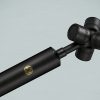


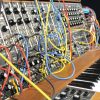
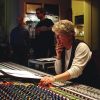


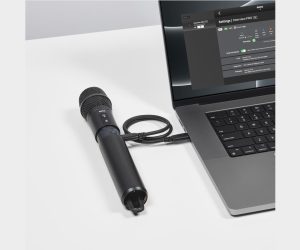


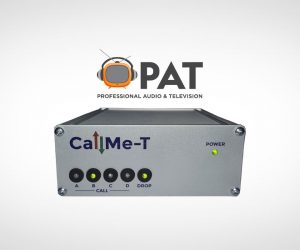



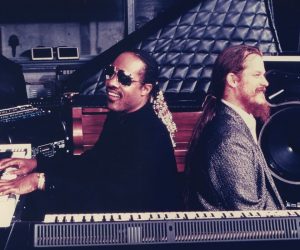


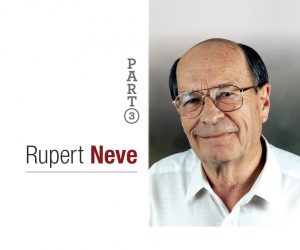



RESPONSES